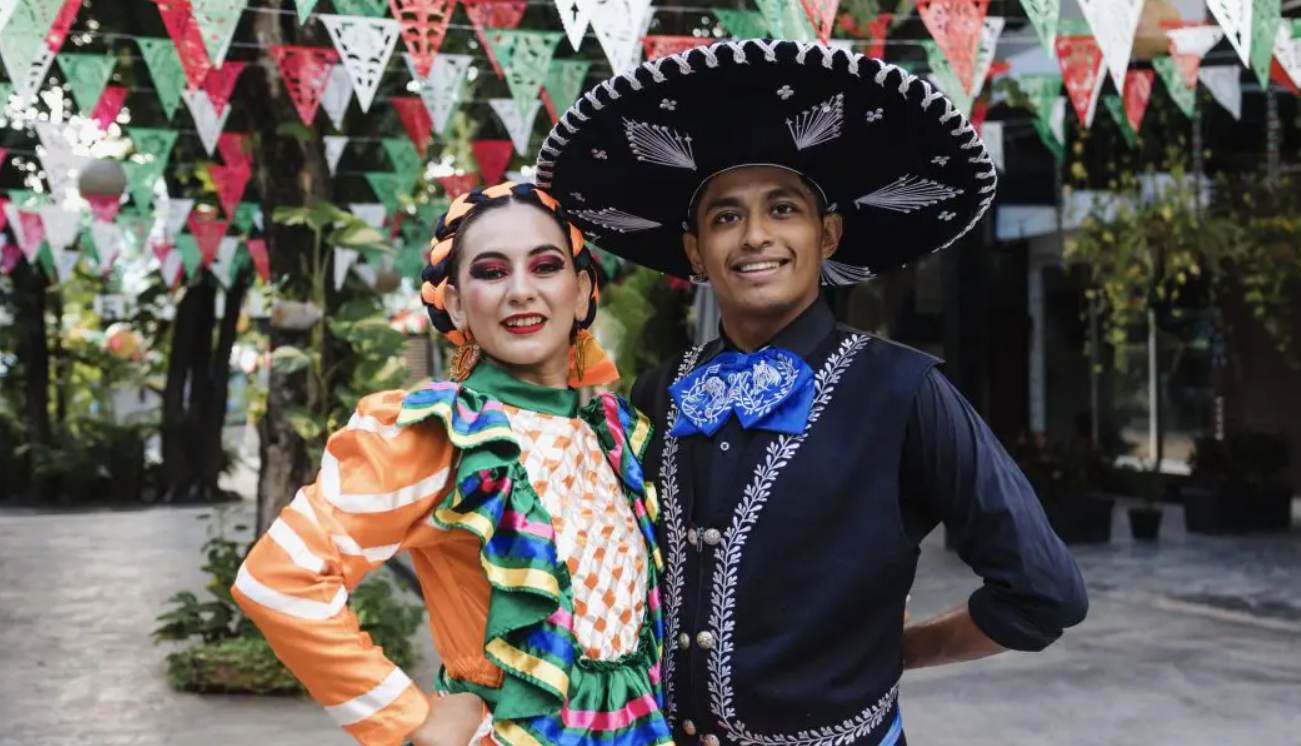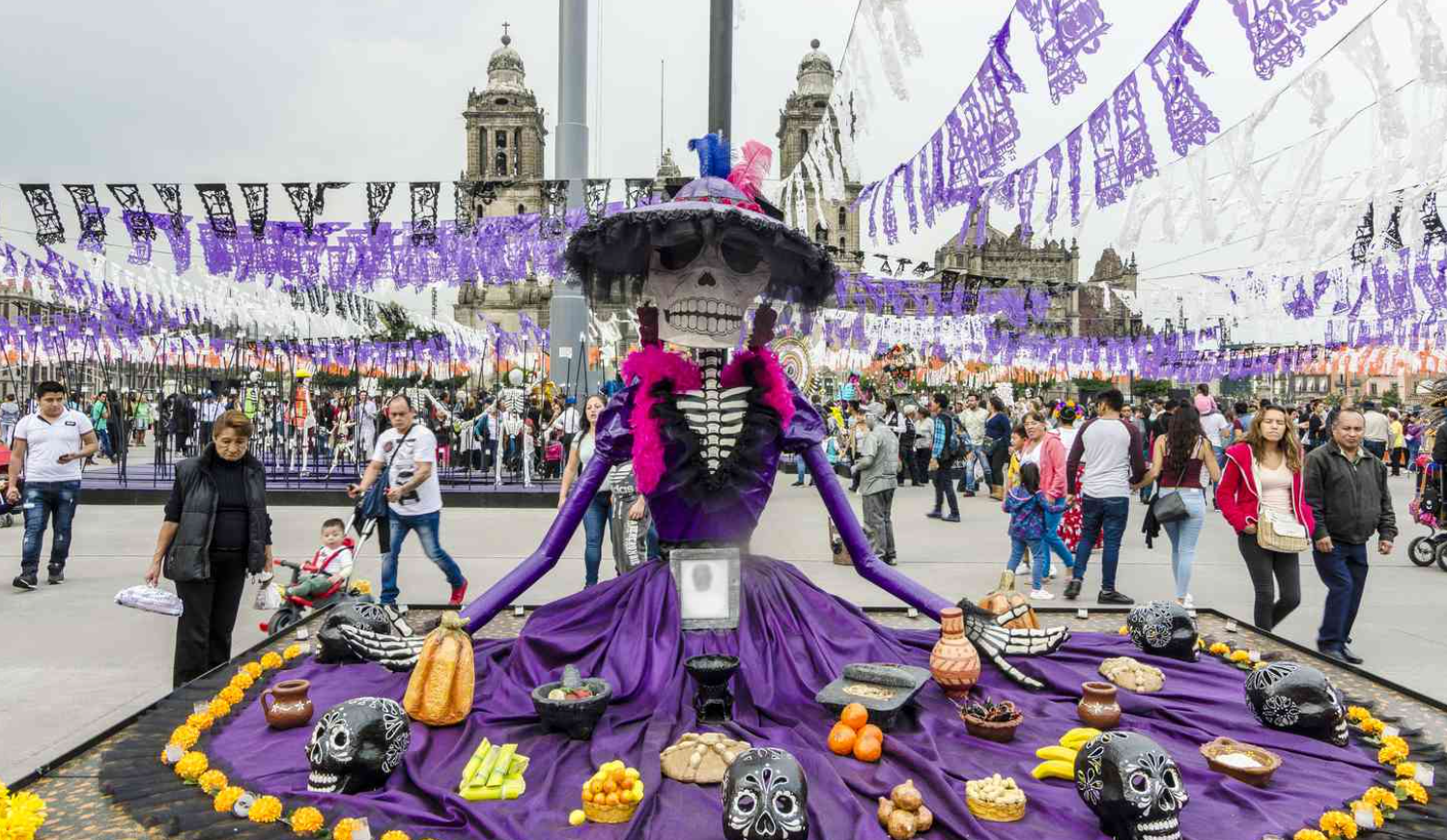Mexico is packed with holidays and traditions that show off its rich culture. Highlights include the colorful Day of the Dead and the historic Guelaguetza festival. These events do more than celebrate history; they also help shape Mexican identity today.
But one might wonder, how do these traditions stay so lively and important, especially as society changes so fast? Let’s talk about how Mexico keeps its cultural heritage alive and well, even as it moves forward.
List of 40 Mexico Holidays & Unique Mexican Traditions

The 2024 update on Mexico’s holidays and unique traditions brings in some new celebrations and keeps the beloved old ones alive. Mexican food also remains key at any celebration, bringing everyone together and showcasing the country’s diverse flavors. The traditions of the Nahua and Maya people are getting more attention, adding to the rich cultural mix of Mexico. These traditions show how Mexico respects its history while moving forward, keeping its cultural identity strong.
Also Read: How To Say “Happy New Year” In Italian? 21 Unique Ways To Wish
Mexican Festivals in 2024-25

| Holiday/Festival | Description |
|---|---|
| Día de los Muertos (Day of the Dead) | Celebrated from October 31 to November 2, honors deceased loved ones with altars, offerings, and colorful decorations. |
| Cinco de Mayo | Commemorates the Mexican victory at the Battle of Puebla on May 5, 1862, with parades, music, and traditional foods. |
| Guelaguetza | Held in Oaxaca in July, showcases the region’s indigenous cultures with dances, traditional clothing, and foods. |
| Fiesta de San Antonio | Celebrated on June 13, features parades, music, and dancing, dedicated to Saint Anthony. |
| Semana Santa | Holy Week leading up to Easter marked by religious processions, passion plays, and other ceremonies. |
| Independence Day (Grito de Dolores) | Celebrated on September 16, features parades, fireworks, and cries of “Viva México” to commemorate independence from Spain. |
| Carnaval | Pre-Lenten festival with parades, costumes, and dancing, especially vibrant in Mazatlán and Veracruz. |
| Día de la Candelaria | Celebrated on February 2, involves parading figures of the Christ Child and blessing seeds and candles. |
| Día de la Raza | Celebrated on October 12, marks the cultural fusion of indigenous and Spanish heritages with various events and discussions. |
| Las Posadas | Celebrated from December 16-24, reenacts Mary and Joseph’s search for shelter, culminating in Christmas celebrations. |
The 2024-25 calendar is packed with exciting festivals across Mexico. These events showcase the country’s rich culture and long-standing traditions. Take the famous Día de los Muertos, for example. From October 31 to November 2, people set up colorful altars and parade through the streets to remember those who have passed away. Then, in January, Chiapas hosts the Danza de los Parachicos. This festival features dancers wearing traditional masks, celebrating with lively steps.
In July, Oaxaca’s Guelaguetza brings together indigenous groups to display their culture and crafts. It’s quite a sight! And let’s not forget Cinco de Mayo. It’s especially big in Puebla, where the historic Battle of Puebla is reenacted. The day is full of activities and celebrations. All these festivals are not just fun; they keep Mexico’s diverse heritage alive and well.
Conclusion
Exploring Mexico’s festivals gives us a deep look into its rich culture and enduring spirit. From the spiritual Día de los Muertos to the vibrant Cinco de Mayo, each festival celebrates history and brings joy today. These traditions come from deep indigenous roots and historical events, showing the diversity and resilience of the Mexican people. Getting involved in these festivals is a great way to better appreciate Mexico’s heritage and its cultural growth. Keep visiting the Translation Blog for more articles like this.

